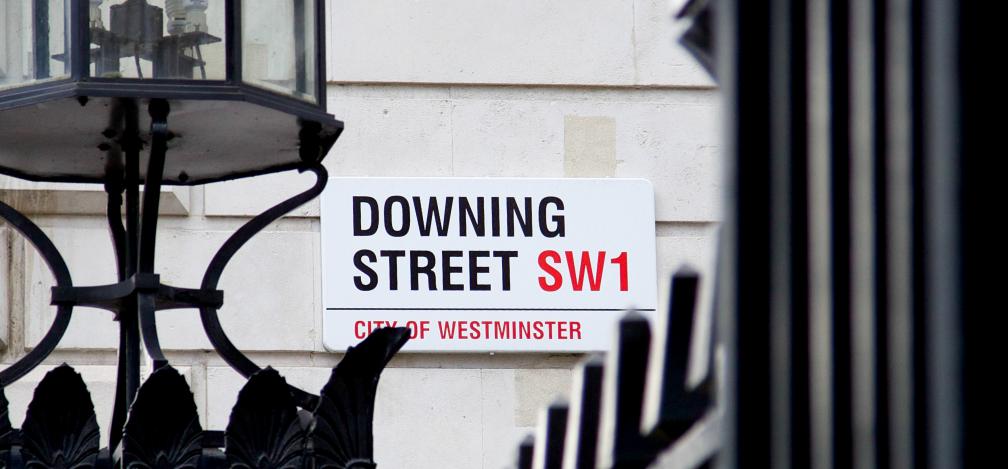Ministerial appointments, resignations, reshuffles
Ministers enter government, move roles and leave fairly frequently, for various reasons including political disagreement, scandal and reshuffles.
Recent reshuffles
See all reshuffle live blogs
Rishi Sunak’s reshuffle should be the last big one before the election
A period of stability in the government ranks is needed.

Cabinet reshuffle – November 2023
The IfG team analyses all the latest ministerial moves as Rishi Sunak reshuffles his Cabinet and David Cameron makes a return to frontline politics.
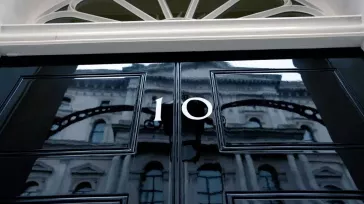
Reshuffles will always primarily be about politics
Tim Durrant responds to Tim Leunig's suggestions for overhauling the way government reshuffles are run.

Five takeaways from Rishi Sunak’s August 2023 ‘mini-reshuffle’
The IfG expert team assess what Rishi Sunak's ministerial changes reveal
Preparing a shadow ministerial team for office: Lessons from 1997 and 2010
What the last two changes of government tell us about effective transitions.
Read the report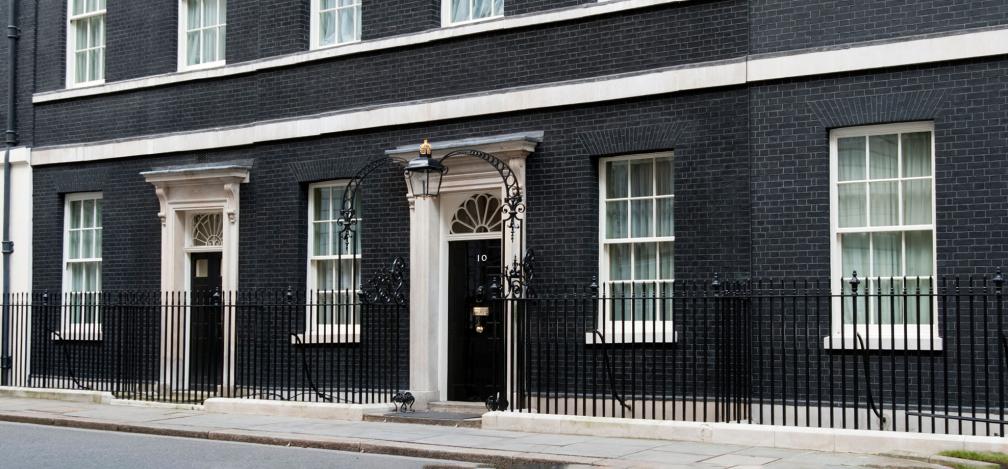
What are the difficulties of a reshuffle?
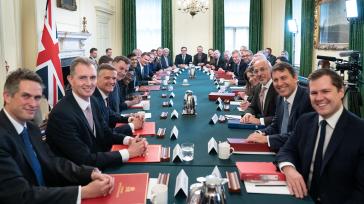
How to appoint a cabinet
This guest paper from Tim Leunig outlines a more cohesive way to approach cabinet formation

How government reshuffles go wrong – and why it happens so often
Some reshuffles are planned well in advance and some are sudden but they all have the potential to go off-course.
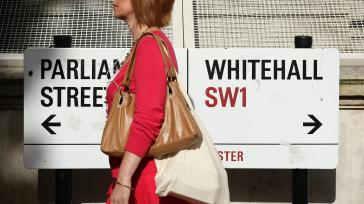
Moving ministers: what makes a good reshuffle?
Months after the UK has left the Brexit transition period, and a year into a global pandemic, the PM is reportedly planning to reshuffle his ministeri

How can Rishi Sunak fix the UK’s government? An IfG expert briefing on the challenges facing the new prime minister
Rishi Sunak has vowed to “fix” the mistakes made by his short-lived predecessor in No.10. But this country’s third prime minister in just over two mon
The risk of high ministerial turnover
The speed of ministerial changes and the damage this has caused in areas such as housing and further education.
Read the report